A culinary tapestry of Royal Thai-inspired delights, Kiin is a unique dining experience from award-winning Chef Nuit Regular and Jeff Regular, the restaurateur couple behind Toronto Thai institutions PAI and Sukhothai. Showcasing the regional diversity and royal cuisine of Thailand, Kiin’s design was inspired by Chef Nuit’s experience growing up in Phrae, where she spent her high school years in a colourful, colonial-style building and developed a fascination with the rich details of the Royal Palace. What results is a menu that pays homage to the old and the new: the centuries-old Thai cooking methods with modern techniques; the unique and rare Thai ingredients from Chef Nuit's homeland with the regional, seasonal ingredients of Canada, which she now calls home; the authentic Thai flavours with innovative and creative presentation.
"Royal Thai cuisine is a dying culinary artform in Thailand and I wanted to showcase this incredibly beautiful and intricate Thai cuisine to our guests," chef Nuit explains. “When guests come to Kiin to eat with their family and friends, I want to create a unique and memorable meal and food experience while they relax and linger over a shared meal together." Beautifully designed, the intimate restaurant features marble floors, stained-glass shutters, framed photos of the Thai royal family, with plush velvet furnishings and light fixtures that hang from intricately carved medallions similar to ones found at a temple in Nuit’s hometown.
Arriving for Kiin's signature tasting menu, we started with two Thai-inspired cocktails, 'Choop Chee Vit' which is a tamarind-infused cocktail with mezcal, calvados, dry curacao, pineapple, chilli-infused brandy, Thai basil, lime and orange bitters and dotted with chilli oil, and 'Gao-Gae' cocktail made with Spring Mill bourbon, Thai tea-infused rye, dry curacao, Ceylon tea syrup, magrud lime bitters, soda and orange blossom water. With wine or sake pairings recommended with the tasting menu, we chose Sake to enjoy with Chef Regular's Royal Thai Signature Tasting Menu, which started with a delicious Deep Fried Shrimp Fritter Amuse Bouche accompanied with a Masumi Origarami Sparkling Sake from Nagano. The second cause was a beautiful warm Thai Flower Dumpling, followed by Thai Steamed Egg Custard which was paired with a Dewanosato Jumai from Yamagata Japan.
The fourth course was a lovely magenta coloured Rice Vermicelli in Five-Spice Broth with Braised Pork Belly paired with Kaiun Iwaizake Junmai Daiginjo Sake 'New Fortune' from Shizuoka, Japan. A refreshing Pomelo Salad or 'Yum Sum-O' along with a slice of Thai Kaffir lime followed, which was light and flavourful. A sensational Red Curry Custard with Sablefish 'Hor Muk' served with Thai Rice served in a warmed fresh coconut was beautifully presented and absolutely luscious, paired with our final sake pairing, a Kamoizumi Junmai Daiginjo from Hiroshima, Japan. Three sweets followed, Chrysanthemum Tea Spheres served in a small spoon, Mango Sorbet with Chilli Salt served in a lovely copper bowl, and showstopper Floating Black Lotus Sesame Dumpling in Coconut Milk.
Each dish at Kiin is meticulously prepared and thoughtfully plated, and the result is a sublime dining experience that puts the more elevated side of Thai cooking in the spotlight exposing our palates, and our hearts, to something majestic. In true royal style, Nuit hopes to rotate ingredients and update recipes seasonally.
Kiin Cocktail, Sake and Wine Menu
'Choop Chee Vit' is a tamarind-infused cocktail with mezcal, calvados, dry curacao, pineapple,
chilli-infused brandy, thai basil, lime and orange bitters and dotted with chilli oil
Deep Fried Shrimp Fritter Amuse Bouche: 'Tawd Mun Kung',
artfully presented on a warm stone and surrounded with small river rocks
for a refreshing start to our sake pairings
The second sake pairing was a Dewanosato Jumai from Yamagata Japan
A light and delicate sake, it paired very nicely with the Vermicelli
Mango Sorbet with Chilli Salt: 'Mamuang Sorbet Price Glua'
as she brought it to the table
Floating Black Lotus Sesame Dumpling in Coconut Milk: 'Bua Loy Nga Dam'
Grilled Chicken Satay Skewers (Gai Satay)
Makes 30 skewers
Recipe courtesy of Chef Nuit Regular
1 tsp coriander seeds, toasted
1/4 tsp white peppercorns
2 tbsp thinly sliced lemongrass
1 tbsp 2-in piece fresh turmeric, peeled and thinly sliced
1 1/2 tsp sea salt, divided
2 tbsp water
2 tbsp evaporated milk
1 tbsp + 1 1/2 tsp light soy sauce
1 tbsp + 1 1/2 tsp Thai oyster sauce
1 tbsp sweetened condensed milk
1 tbsp vegetable oil
1 tsp curry powder
1 tsp tapioca starch
1 1/2 lb skinless, boneless chicken thighs, cut into bite-sized pieces
1/2 cup well-shaken coconut milk, for brushing
Using a stone mortar and pestle, grind coriander seeds and white peppercorns to a fine powder. Add lemongrass, turmeric and 1 tsp of salt,and pound to a smooth paste. Transfer to a large bowl. Add water, evaporated milk, light soy sauce, oyster sauce, condensed milk, vegetable oil, curry powder, tapioca starch and remaining 1⁄2 tsp salt. Stir well to combine. Add chicken and toss to coat well with the sauce. Cover with plastic wrap and place in the fridge for at least 1 hr to marinate. Soak bamboo skewers in cold water for at least 30 minutes.
Thread the chicken onto one end of each skewer. Prepare grill for direct cooking over high heat. Brush grill with coconut milk and let sit for 1 minute. This will prevent chicken from sticking. Place skewers on grill and cook until they begin to char, 8 to 10 min. Turn and brush the other sides with coconut milk when chicken starts to dry out, cooking for another 6 to 8 min, until a nice char appears. Serve the chicken satay skewers with Peanut Sauce and Fast Pickled Cucumber.
Peanut Sauce
Makes 1 cup
Recipe courtesy of Chef Nuit Regular
1 cup well shaken coconut milk
1/2 cup unsalted roasted peanuts
1 tbsp + 1 1/2 tsp Red curry paste
1 tbsp curry powder
1/4 tsp ground tumeric
1 tsp light soy sauce
1/2 tsp Thai fish sauce
1 tbsp coconut sugar
In a small food processor, combine coconut milk, peanuts, Red Curry Paste, curry powder and turmeric, and purée. Transfer to a small pot and bring to a boil over medium. Reduce heat to medium-low and add light soy sauce, fish sauce and coconut sugar. Stir to mix well and continue to simmer, stirring occasionally and scraping the bottom of the pot to prevent burning, for 10 to 15 min or until the oil rises to the surface. Store peanut sauce in an airtight container in the fridge for up to 3 days.
Fast Pickled Cucumber
Serves 2
Recipe courtesy of Chef Nuit Regular
1/4 cup water
2 tbsp vinegar
2 tbsp Thai cane sugar
1/8 tsp sea salt
1 mini cucumber
1 fresh red spur chili
1 shallot
In a small saucepan over medium, stir together water, white vinegar, cane sugar and salt, and bring to a boil. When the mixture is boiling, cook for another min. Set aside to cool. Add cucumber, chili and shallot, and stir together. Store in an airtight container in the fridge for up to 3 days.
Pad Thai
Serves 2
Recipe courtesy of chef Nuit Regular
Sauce (makes extra):
1 cup grated palm sugar
1 cup water
3/4 cup Tamarind Paste
1/2 cup Thai oyster sauce
1/2 cup Thai fish sauce
2 tbsp sweet soy sauce
Pad Thai:
7 oz plain dried medium rice noodles
6 tbsp sunflower oil
10 fresh or thawed frozen medium shrimp (size 21–25), peeled and deveined
2 tsp minced shallots
1/2 cup firm tofu cut into 1/2-inch cubes
2 large eggs
2 cups bean sprouts
1/2 cup Chinese chives cut into 1½-inch pieces
4 tbsp ground unsalted roasted peanuts
2 lime wedges
To make the sauce: In a small saucepan, combine the palm sugar, water, tamarind paste, oyster sauce, fish sauce, and sweet soy sauce. Cook over medium heat, stirring occasionally, for 3 to 5 minutes, until the sugar has fully dissolved. Remove from the heat. (The sauce can be stored in an airtight container in the fridge for up to 1 week or in the freezer for up to 3 months.)
Soak the noodles: Place the rice noodles in a large bowl and add enough room-temperature water to cover them by 2 inches. Let soak until soft, about 4 hours. Keep the noodles in water until just before cooking to prevent them from drying out.
To make the pad Thai: Heat a large wok or skillet over high heat for 2 minutes. Reduce the heat to medium and then add the sunflower oil. Add the shrimp and cook, stirring occasionally, until the shrimp turn pink but are not yet fully cooked, 1 to 2 minutes. Push the shrimp to the side of the wok. Remove from the heat and add the shallots and tofu and cook, stirring frequently so the shallots cook thoroughly, 1 to 2 minutes. Add 1/3 cup of the sauce and stir to mix. Return the wok or skillet to medium heat.
Add the drained rice noodles. Increase the heat to high and mix everything together. Cook, stirring frequently, until the noodles are soft, 2 to 3 minutes.
Push everything to one side of the wok. Crack the egg into the empty side of the wok and let cook for 1 minute. Stir to lightly break the yolk but do not scramble the egg, then quickly move the noodles to cover the egg. This way the white and yellow parts of the egg will separate nicely. Cook, without stirring, for 1 minute. Remove from the heat. Add the bean sprouts, Chinese chives, and roasted peanuts and squeeze a lime wedge over everything. Stir again transfer to a decorative plate, and serve while hot.






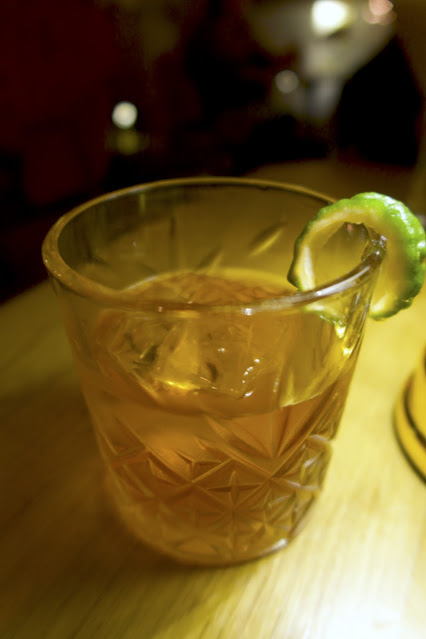





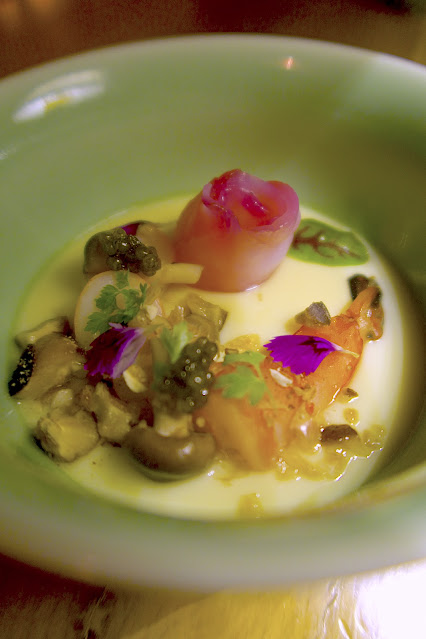




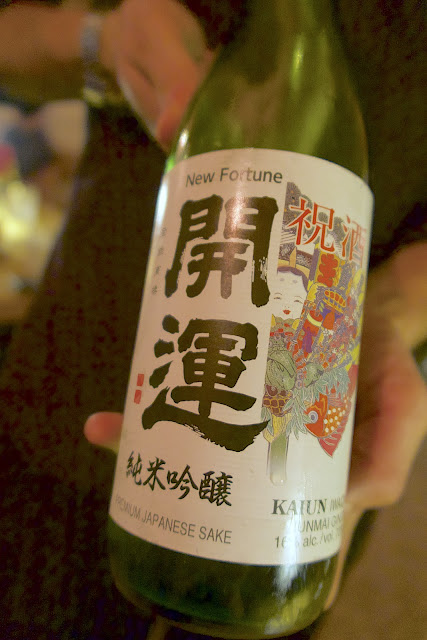
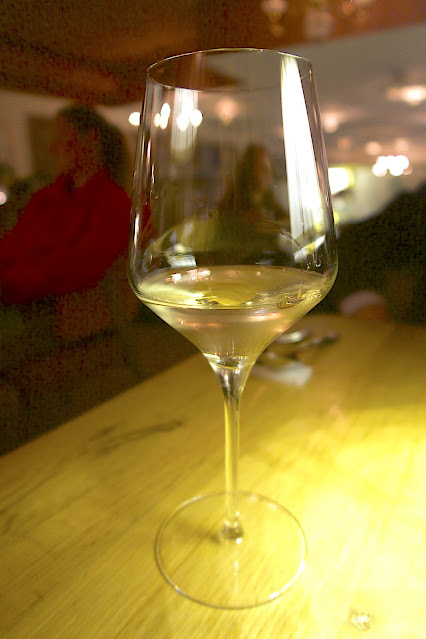

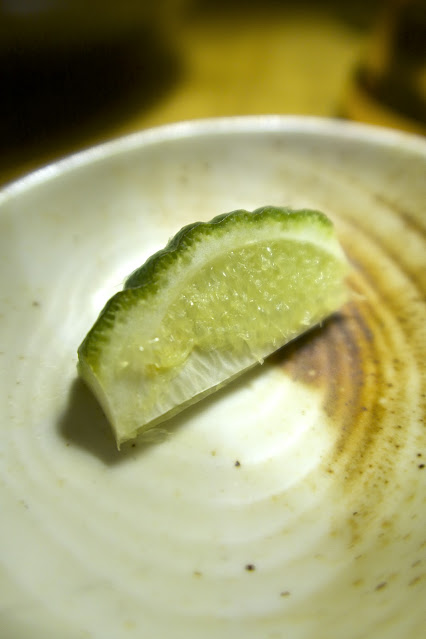








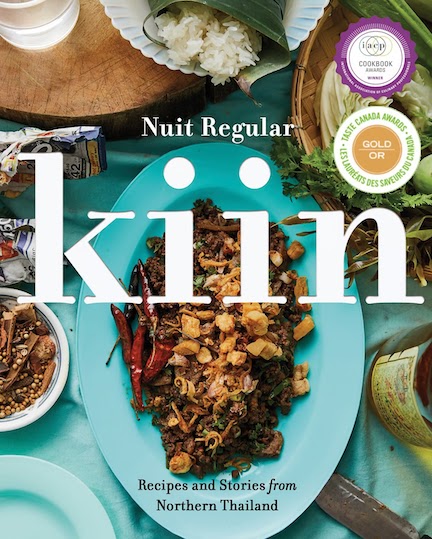



No comments:
Post a Comment